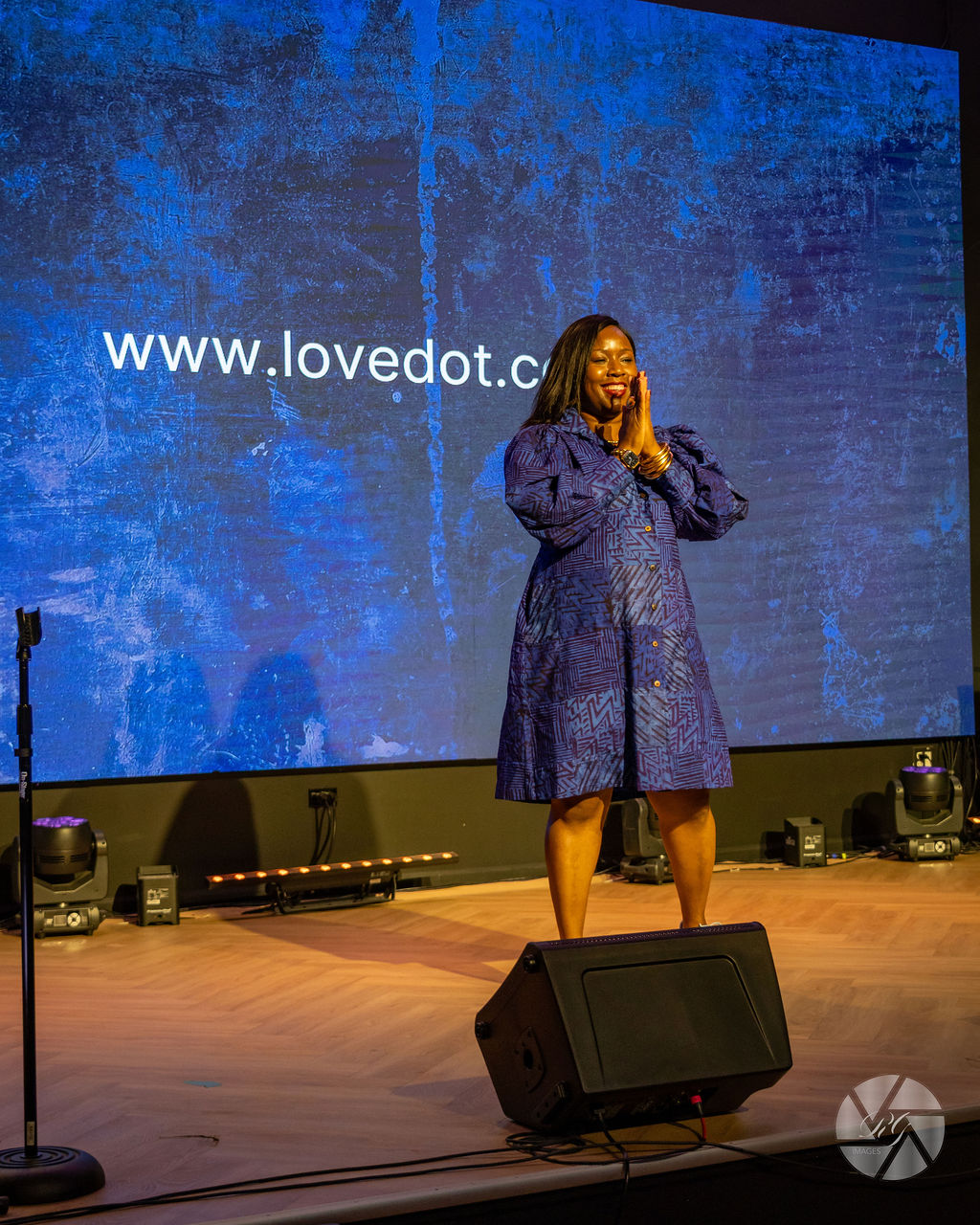We were lucky to catch up with Nneka Carrie Ude recently and have shared our conversation below.
Alright, Nneka Carrie thanks for taking the time to share your stories and insights with us today. We’d love to have you retell us the story behind how you came up with the idea for your business, I think our audience would really enjoy hearing the backstory.
Some people have a neat, linear story about how their business came to life. Mine is anything but linear.
LOVE DOT was born out of three deeply personal threads — my desire to honor my mother’s legacy, my need to reconnect to my cultural roots, and my determination to reclaim fashion as a space for purpose and intention.
Let me explain.
I’ve always loved design and storytelling. As a kid growing up in Chicago, my Sunday mornings were spent glued to CNN’s Style with Elsa Klensch. I knew every supermodel and every fashion house by name. I would sketch dresses, play with color, and imagine worlds stitched together through patterns and texture.
But when it came time to choose a path, I took the practical route — a career in marketing. Creativity never left me; it just shifted into strategy decks, campaigns, and brand stories for other people.
Fifteen years into that career, life forced me to pause. I began asking harder questions about purpose and fulfillment — the kind of questions that surface when you lose someone you love. My mother, Dorothy, passed away from cancer in 2016, leaving behind a list of ambitions she never had the chance to realize. She had an effortless sense of style — she thrifted, she sewed, she made beautiful things from nothing. One of my favorite memories is saving my own money to buy her silk fabrics and bold prints she could turn into something special.
After she passed, I found myself searching for a way to keep her spirit alive — to transform grief into something beautiful. That search brought me back to fabric.
LOVE DOT became a way to reclaim two parts of myself: the creative child who used to draw and dream, and the woman eager to reconnect to her father’s Nigerian heritage. I’ve always been fascinated by how textiles tell stories — how cloth becomes a canvas of history, symbol, and identity. Across West Africa, fabric isn’t just material; it’s memory. We hand-dye, stamp, and weave our stories into every thread.
That’s what I wanted to reintroduce to the world — not just fashion, but storytelling through cloth.
Even the name itself, LOVE DOT, carries layers of meaning. “Love” represents the care and craftsmanship poured into every piece. “Dot” is for my mother, Dorothy — a quiet way of saying, I love you. I miss you. You’re still part of this story.
So when people ask how I knew this was a worthwhile endeavor, the answer is simple: it felt necessary.
I wasn’t trying to solve a market gap as much as I was trying to bridge one — between heritage and modernity, culture and commerce, memory and meaning. LOVE DOT isn’t just a brand; it’s an act of reconnection.
Every print, every silhouette, every stitch carries that intention.
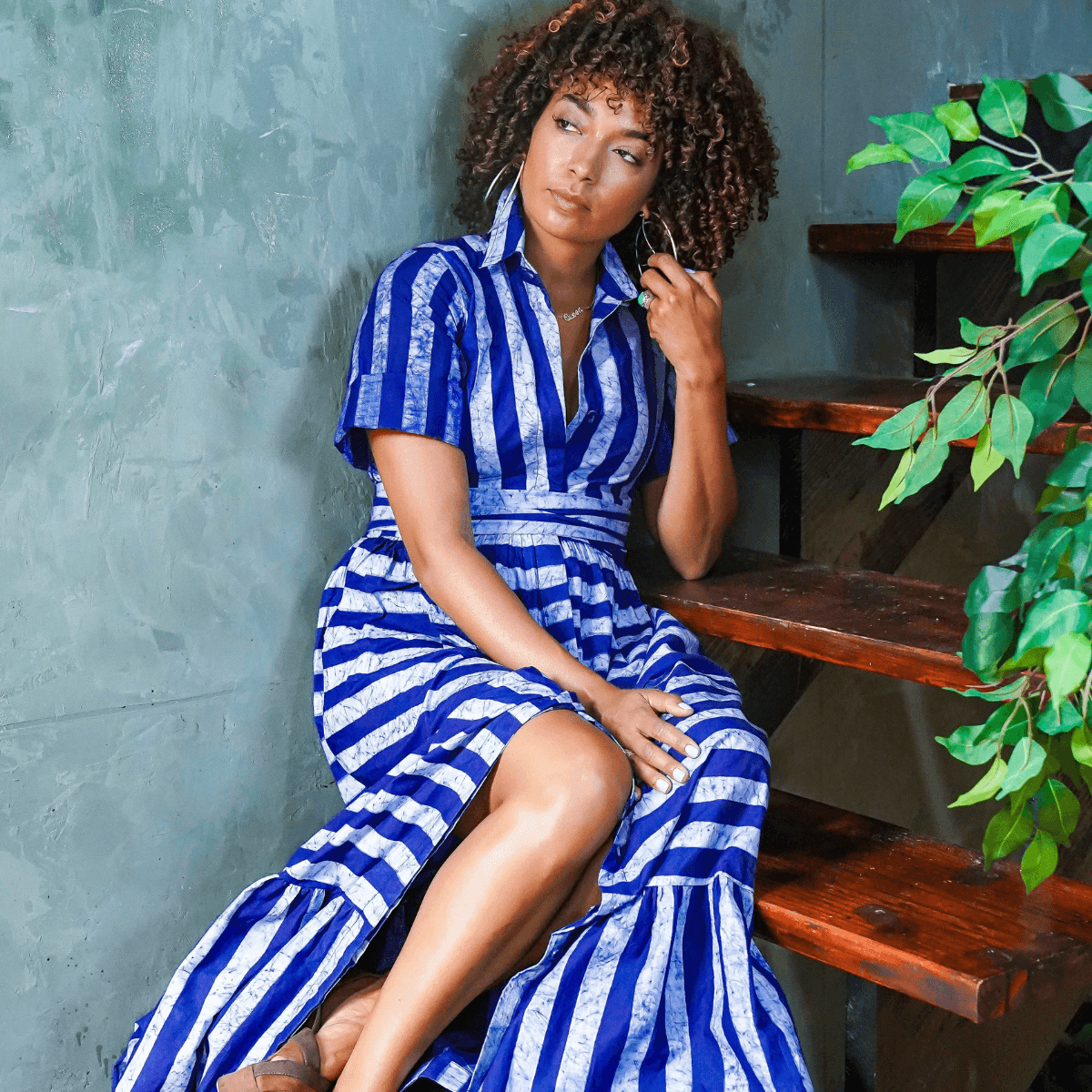
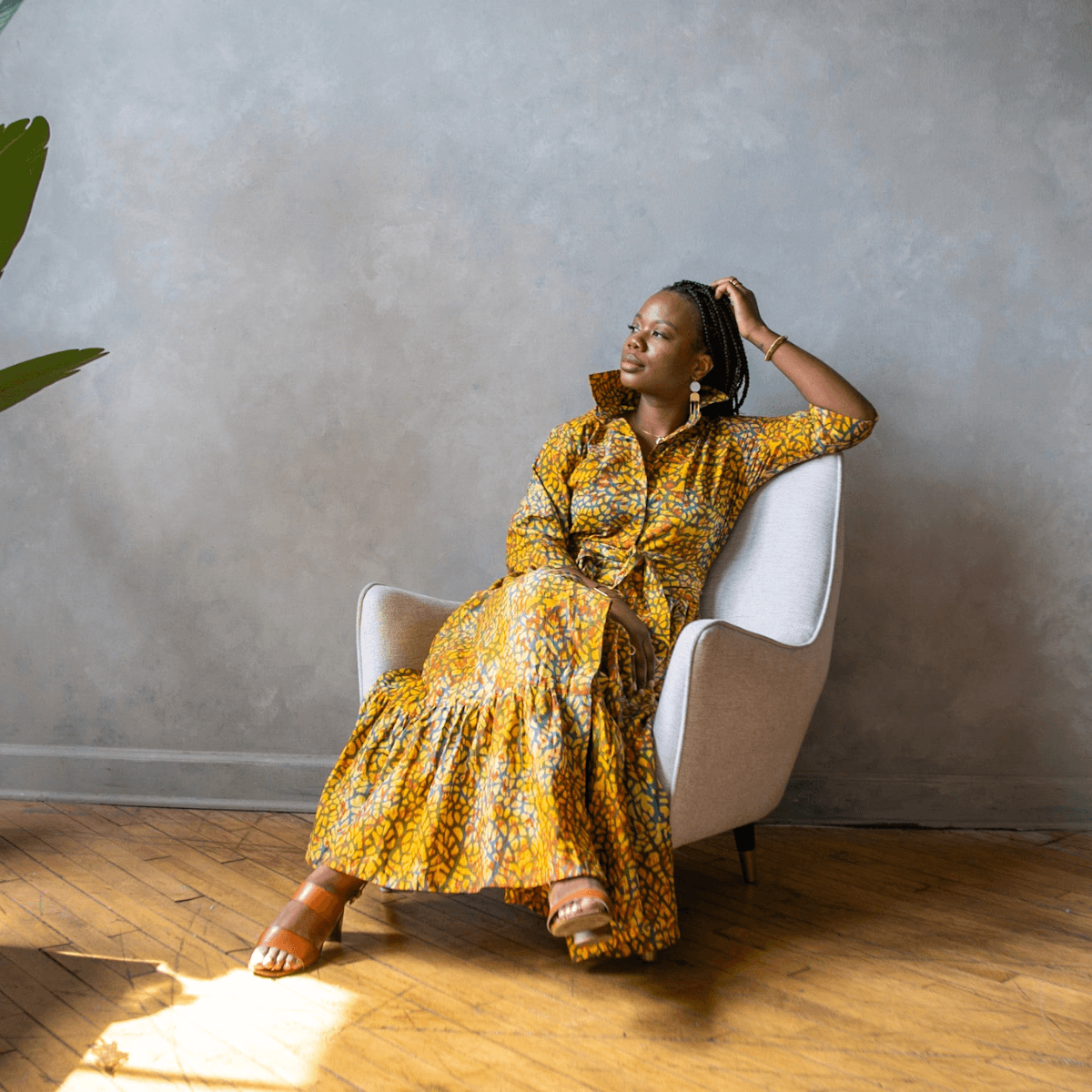
Nneka Carrie, love having you share your insights with us. Before we ask you more questions, maybe you can take a moment to introduce yourself to our readers who might have missed our earlier conversations?
At its core, LOVE DOT is a sustainable fashion and lifestyle brand using textiles to reconnect the world to African traditions through a modern lens. But for me, it’s always been about something bigger than fashion — it’s about purpose.
I created LOVE DOT to prove that style and intention don’t have to exist apart. The people we design for — those moving through the world with purpose — deserve clothing that mirrors their impact. Our pieces are made for individuals who lead with conviction: the change-makers, the cultural drivers, the ones shaping what’s next.
Every collection is designed to honor that energy. When someone walks into a room wearing LOVE DOT, they aren’t just wearing a garment — they’re wearing a story. A print hand-drawn with meaning. A fabric hand-dyed under the Ghanaian sun. A silhouette designed to empower the person within it.
Let’s be honest — what we wear is an introduction. Before you speak, your presence speaks for you. My goal is for every LOVE DOT piece to say something true about the wearer: I am intentional. I am connected. I am moving with purpose.
But LOVE DOT isn’t just about aesthetics — it’s also about economic empowerment and cultural preservation. We partner directly with small artisan studios across West Africa, from Ghana to Nigeria, to produce our fabrics and final garments. Each piece begins as a hand-drawn batik print created in collaboration with local artisans, employing community members and sustaining traditional textile-making techniques that have too often been overlooked or commercialized by others.
It’s a circular design system built on reciprocity — where every purchase supports not just the person wearing the piece, but the people whose craft brought it to life.
What sets us apart isn’t just design; it’s intention woven into every detail. The mission is to restore value to the craft, dignity to the process, and connection to the diaspora.
At the end of the day, it’s not just about a beautiful dress or a handwoven pillow — it’s about the impact your purchase makes. Every dollar spent with LOVE DOT supports small businesses, artisans, and families across continents, creating an ecosystem of purpose, style, and culture that connects us all.
That’s the heart of LOVE DOT — fashion that moves with meaning.
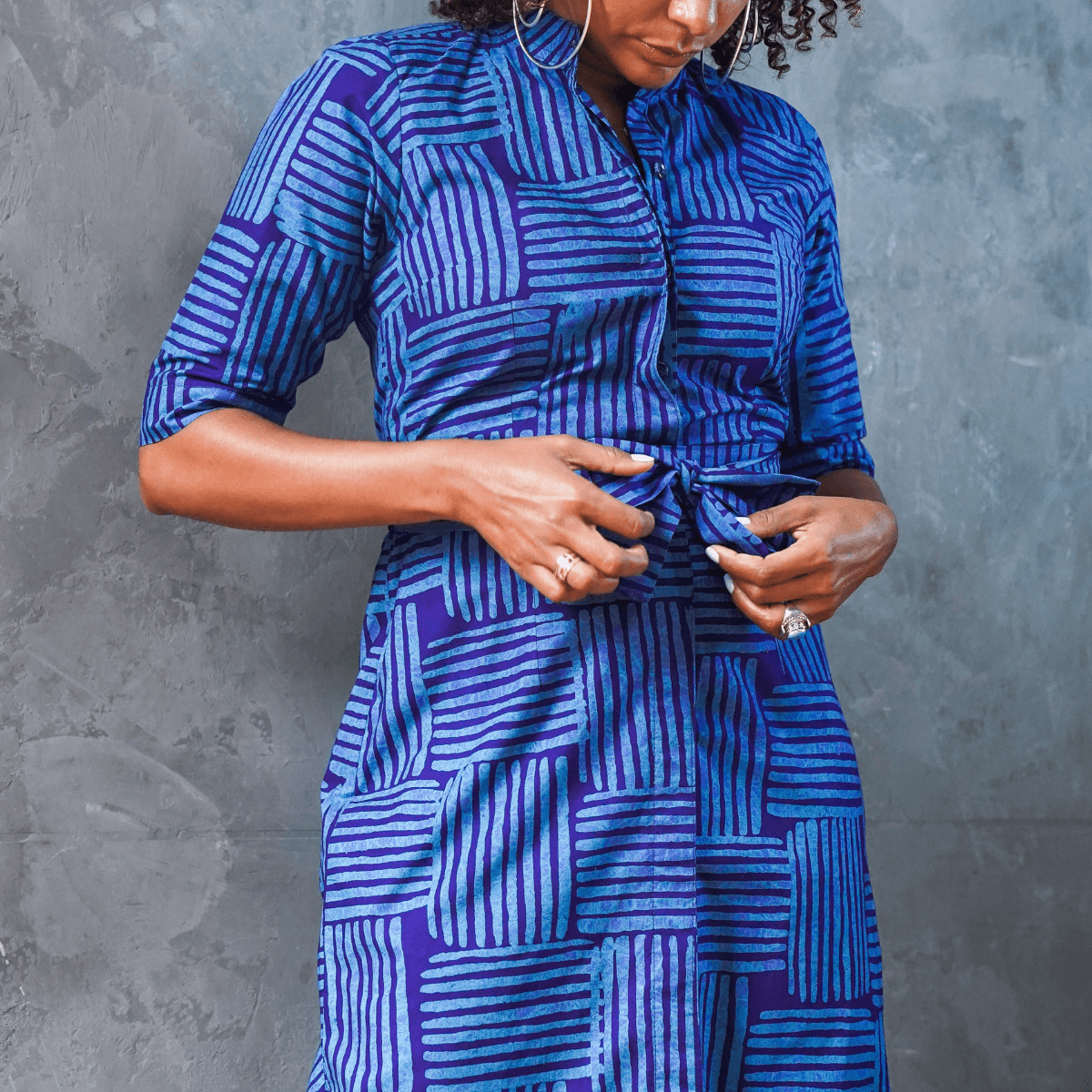
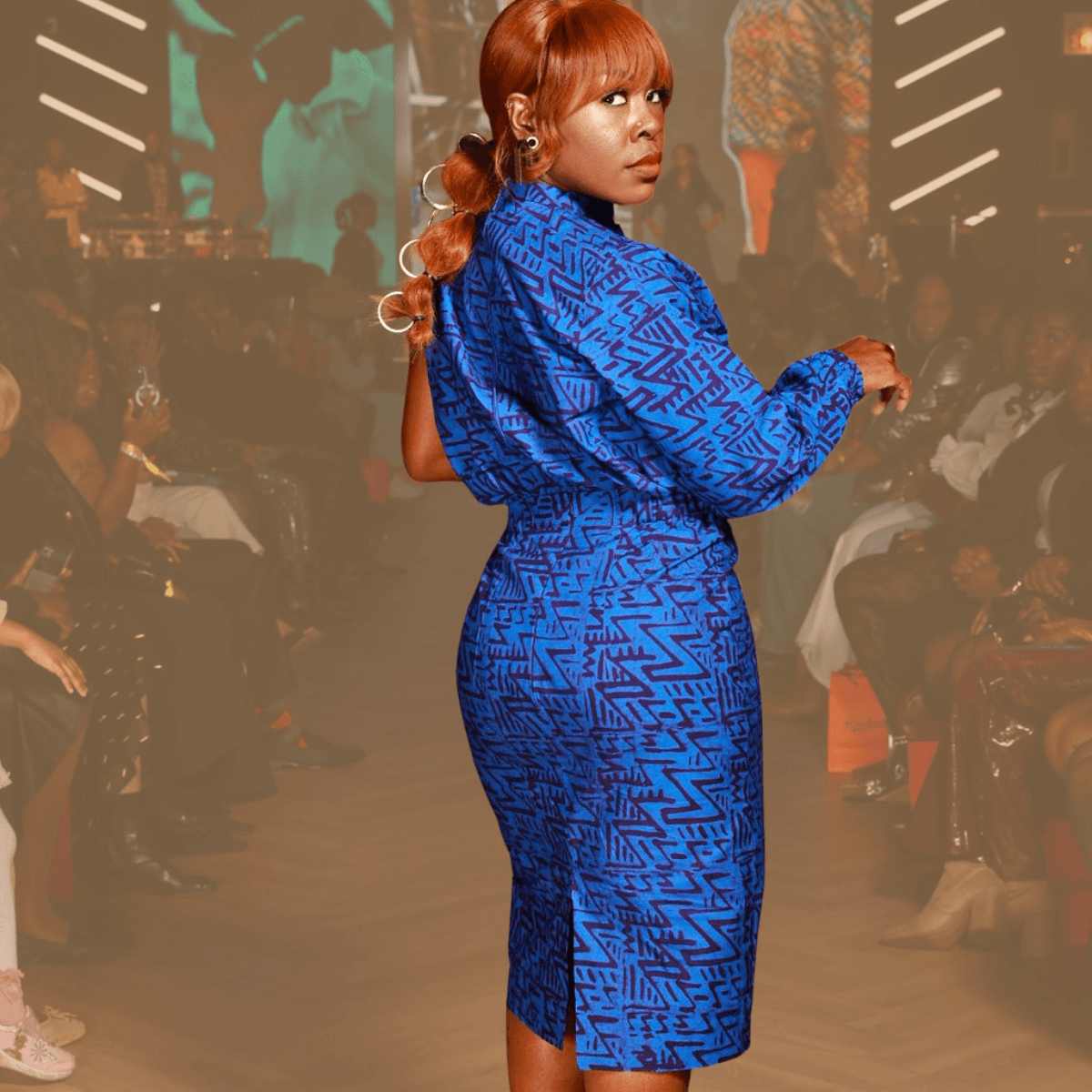
Let’s talk about resilience next – do you have a story you can share with us?
Resilience has been the defining thread of my journey with LOVE DOT. As a brand we have evolved, pivoted, and survived through nearly every imaginable test.
When I first launched LOVE DOT, it wasn’t a design house. It began as a global marketplace — a curated collection of sustainably made, ethically sourced apparel and accessories from artisans around the world. My goal was to create a point of curiosity, a place where people could touch the world through craft and culture.
But deep down, that wasn’t my true calling. What I really wanted was to design. I wanted to tell stories through textiles — to create something of my own. Yet, fear and uncertainty held me back. I didn’t have a roadmap, and my first attempt to produce in Nigeria through family connections didn’t go as planned. I put too much trust in others’ hands, and the vision diluted before it had a chance to take shape.
By 2021, I was at a breaking point — both personally and professionally. My marriage was ending, and my business model was collapsing under its own weight. I knew I had to rebuild everything: my life, my brand, and my purpose.
Then came an unexpected turning point. At a trade show in New York, I stumbled upon a pavilion showcasing sustainable brands from across the globe. There, I met a woman I call “Mama Esther”, the owner of a family run batik workshop in Accra, Ghana. She’d been handmaking batik fabrics for over 35 years. Within a week, she was in Chicago — and that meeting changed everything.
Through her, I finally found the path I’d been searching for: a way to design my own pieces rooted in traditional African craftsmanship and textile traditions. That partnership marked LOVE DOT’s rebirth — from a global marketplace to a purpose-driven design house.
Then, in 2023, just as we were finding our rhythm, another blow came. I took a leap of faith and joined Showfields, an experiential retail store opening a new location in Washington D.C.’s Georgetown neighborhood. Showfields was a retail experience known for showcasing emerging brands. I cashed out an investment to be part of it. It was my chance to let people touch and experience the brand in person.
At first, it was magical. Sales were steady, the response was strong — until it wasn’t. Slowly, deposits stopped appearing in our account. Behind the scenes, Showfields was crumbling financially. When they filed for bankruptcy, I lost every dollar of that investment. As a small brand, I wasn’t even listed as a creditor in the claim.
It nearly broke me.
That experience left me in debt, exhausted, and questioning whether this was all worth it. But giving up has never been in my nature. I’m stubborn — and I’m a woman of faith. The mission behind LOVE DOT still burned inside me. The vision, the joy, the meaning — none of that ever left.
So I did what I’ve always done: I rebuilt.
I paid off the debt, kept the business alive, and used 2024 to stabilize and reimagine how we grow. And though 2025 has brought new hurdles — from tariffs to a shifting economy — I’m still standing. Still designing. Still driven by purpose.
Resilience, for me, isn’t just survival. It’s reinvention. It’s trusting that the same fire that nearly consumes you can also forge you into something stronger.
LOVE DOT has been that fire — and that light.

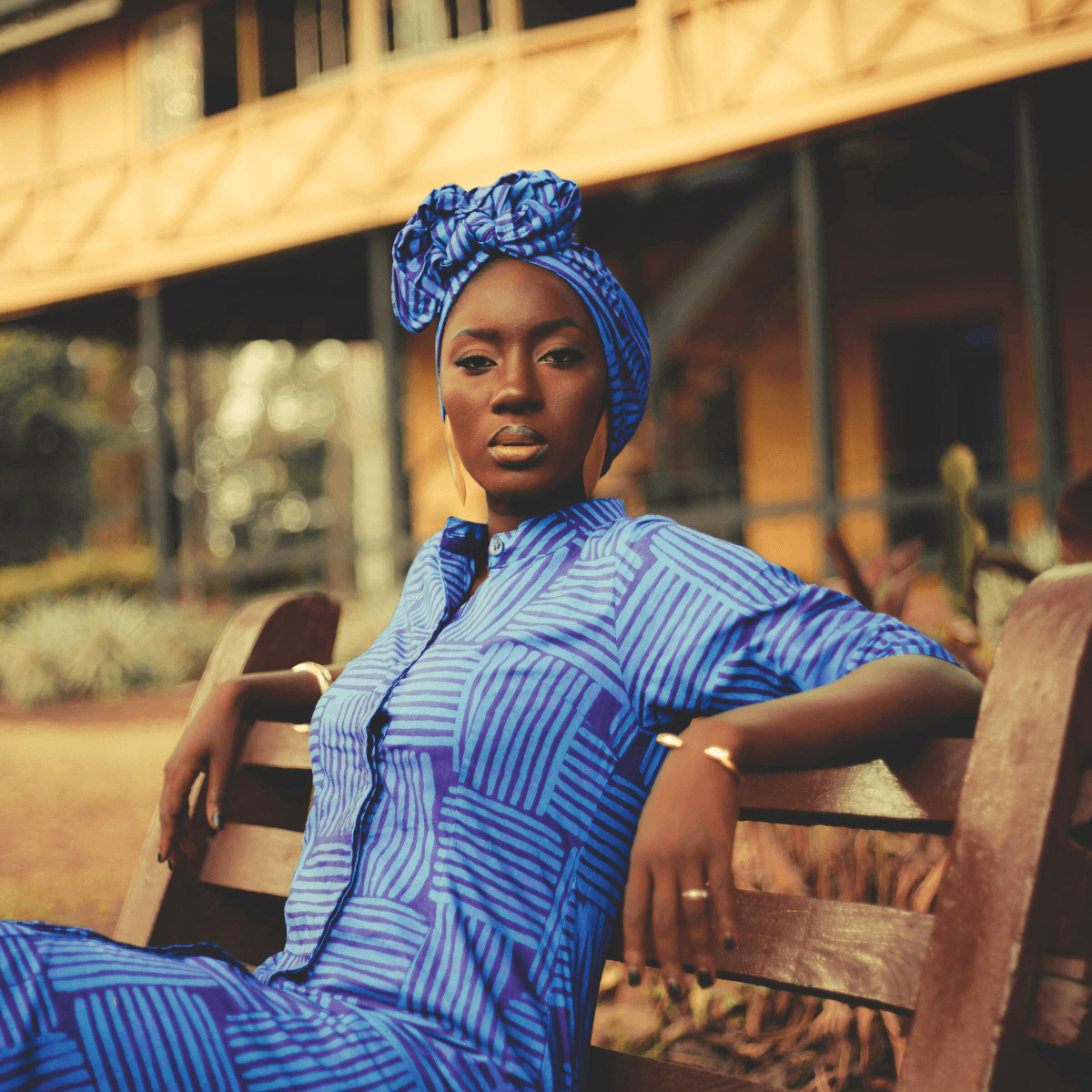
Any advice for managing a team?
One of the hardest things to do as a small business owner — especially as a solo founder — is building a team around your vision before you have the capital to fully fund it.
It’s not just about finding people who believe in what you’re building. It’s about finding people who can contribute their skills in meaningful ways while you’re still growing — without undervaluing their time or talent. I’ve always been uncomfortable with the idea of asking someone to pour into my dream without fair compensation, so I had to get creative.
What I’ve learned is the art of collaboration — inviting people into your process so they feel ownership, not obligation. When people see their fingerprints on something, they show up differently. That’s been one of the most powerful lessons I’ve carried as a founder.
For LOVE DOT, that’s meant building a distributed, global team. I work with two incredible creatives in Ghana who manage design execution, and two in Nigeria who lead content strategy. Together, they help bring the brand to life — across borders and time zones — even when I’m not there in person. It’s allowed me to scale efficiently while staying true to our values of collaboration and inclusion.
But building a strong team isn’t just about where people sit — it’s about how you set them up to succeed. I’m very intentional about aligning people with their strengths instead of just the tasks I need filled. When you hire or collaborate based on someone’s natural talents and interests, you avoid constant rework and foster genuine pride in the outcome.
I’ve also learned that process is power. Before you expand your team, set up your systems and standard operating procedures — not borrowed from corporate templates, but built to fit your business. You won’t have the same resources as a large company, so find tools and workflows that match your scale. That structure not only keeps projects moving, it helps new collaborators understand how to plug in seamlessly.
And lastly, remember this: your first few hires or contractors set your culture. Even if they’re part-time or remote, they’re shaping what your brand feels like internally and externally. Make sure your leadership is rooted in respect, clarity, and shared purpose.
Building a team on limited resources is hard, but not impossible. When you lead with transparency, play to people’s strengths, and create systems that make collaboration easy, you build more than a team — you build a community that believes in your vision as much as you do.
That’s how morale stays high. That’s how dreams scale sustainably.
Contact Info:
- Website: https://www.lovedot.co
- Instagram: https://www.instagram.com/lovedottm/
- Facebook: https://www.facebook.com/LOVEDOTTM
- Linkedin: https://www.linkedin.com/company/love-dot-inc/
- Youtube: https://www.youtube.com/@lovedottm
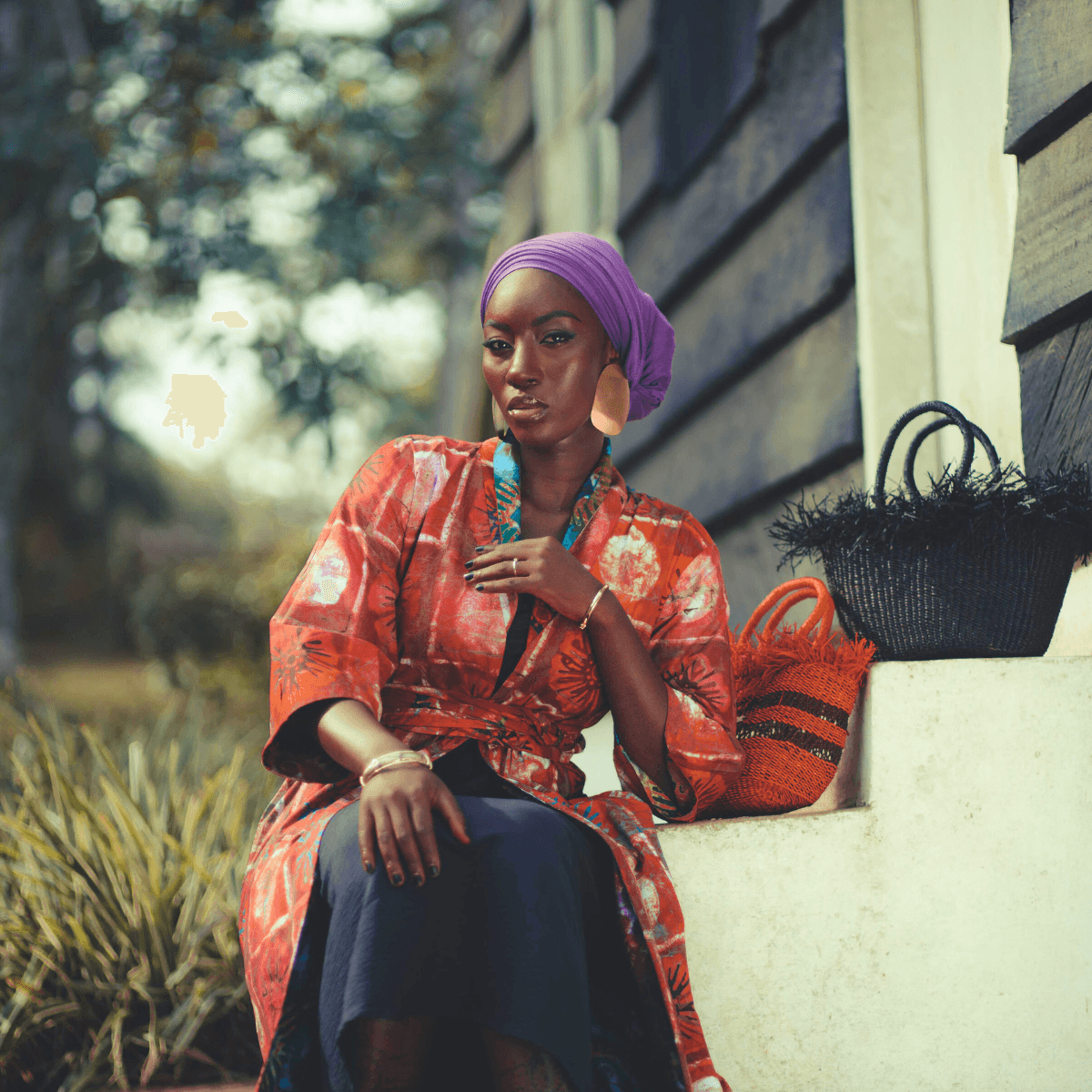
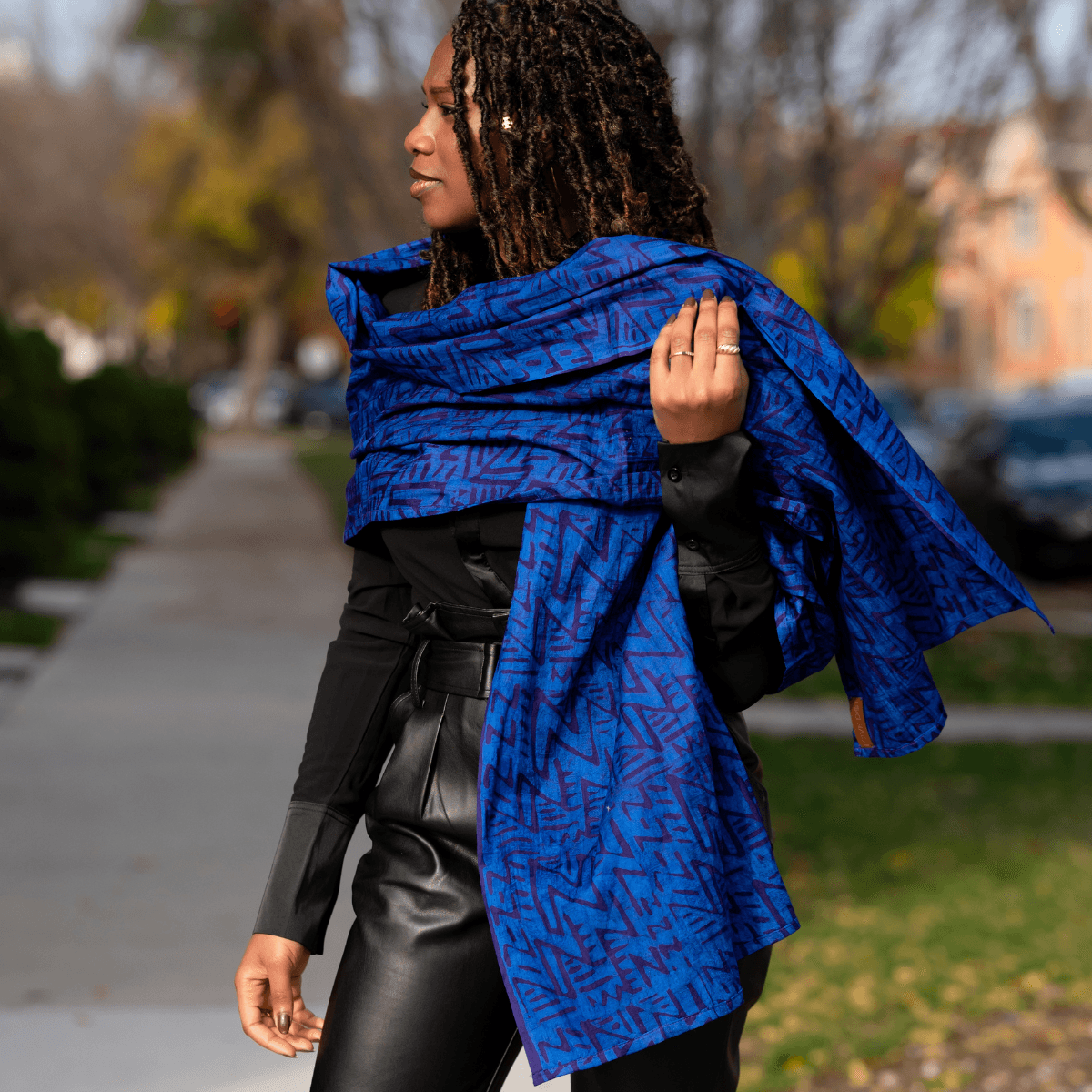
Image Credits
Black Image Ghana
Shotsbyraq – Raquel Simpson
Rogelio Gamez


